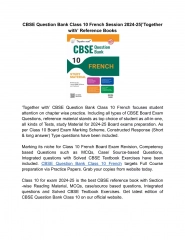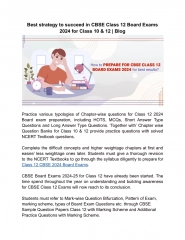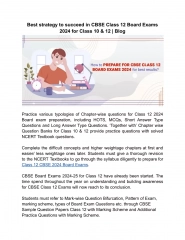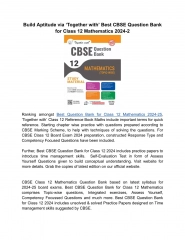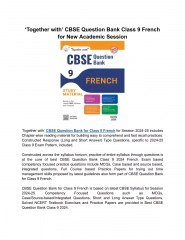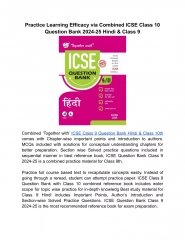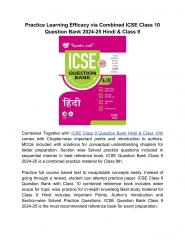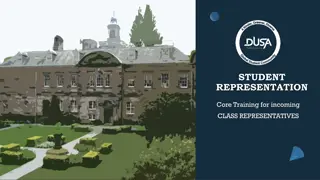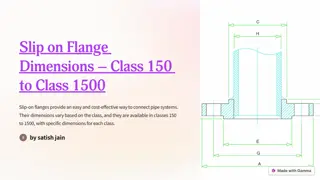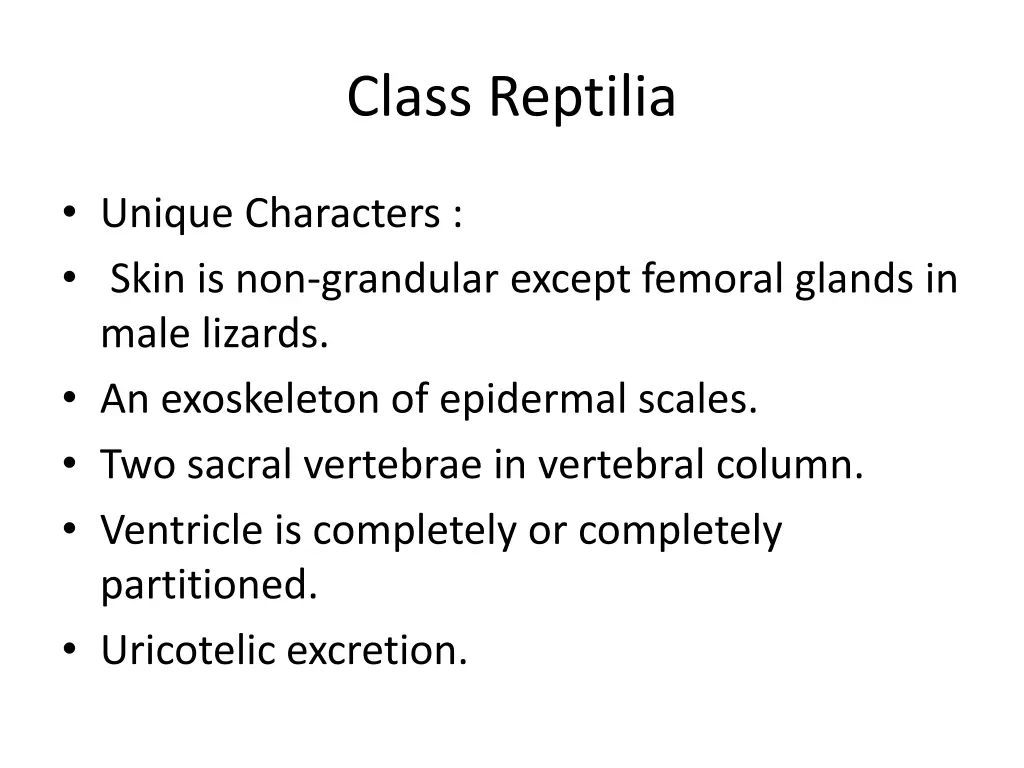
Unique Characteristics of Class Reptilia and Order Squamata
Explore the distinctive features of Class Reptilia, such as non-glandular skin, exoskeleton of epidermal scales, uricotelic excretion, and more. Delve into Order Squamata's details like movable eyelids, bifid tongue, and examples like Wall lizard and Varanus. Discover the diverse characteristics of reptiles.
Uploaded on | 0 Views
Download Presentation

Please find below an Image/Link to download the presentation.
The content on the website is provided AS IS for your information and personal use only. It may not be sold, licensed, or shared on other websites without obtaining consent from the author. If you encounter any issues during the download, it is possible that the publisher has removed the file from their server.
You are allowed to download the files provided on this website for personal or commercial use, subject to the condition that they are used lawfully. All files are the property of their respective owners.
The content on the website is provided AS IS for your information and personal use only. It may not be sold, licensed, or shared on other websites without obtaining consent from the author.
E N D
Presentation Transcript
Class Reptilia Unique Characters : Skin is non-grandular except femoral glands in male lizards. An exoskeleton of epidermal scales. Two sacral vertebrae in vertebral column. Ventricle is completely or completely partitioned. Uricotelic excretion.
Pressence of copultory organs in the male e.g. hemipenes in lizards,penis in turtles and crocodiles. Cledoic egg Formation of embryonic membranes like amnion,chorion etc.
Classification Sub- class Anapsida (an-absent, opsida- fossa) Sub-class Diapsida skull has no temporal fossa has only one living order Chelonia e.g. Testudo, Chelone Land tortoise , turtle
order Chelonia Body is covered by a tortoise-shell which is formed of two pieces carapace (dorsal) and Plastron (ventral). Body is divided in 4 parts Head , neck, trunk,tail. Limbs may be normal pentadactyl having clawed digits or with webbed digits. Cloacal aperture is longitudinal. Sexes shows sexual dimorphism, male has copulatory organ penis. Turtle Aquatic forms have cloacal respiration.
Sub- Class Diapsida Characters Super-order Lepidosauria Super order Archosauria Pineal Foramen Usually present Absent Teeth Usually acrodont Thecodont
Super order Lepidosauria Characters O. Rhynchocephalia O. Squamata Parietal Eye Present Absent Copulatory Organs Absent Hemipenes present Vertebrae Amphicoelous (centrum concave on both sides) Procoelous (centrum concave anteriorly and convex posteriorly) Temporal fossae Both temporal fossae are present One or both temporal fossae lost. Examples Sphenodon. Distributed in New zealand islands ,has primitive characters also called living fossil. Lizards and snakes.
Order Squamata Characters Sub-order Lacertilia sub-order Ophidia Limbs Present Absent Eyelids Movable eyelids present Eye-lids absent. Each eye is covered by transparent scales. Tympanum present Absent , insensitive to air- borne sound vibrations. Jaw bones Jaw bones maxillae, ptergoid and palatines are immovable so mouth can not open widely. Jaw bones are movable so mouth open widely. Tongue Entire Bifid Lungs Both lungs functional Only left lung functional, right lung reduced. Examples Wall lizard , Draco, Varanus All snakes
Super- order Archosauria order Crocodilia Body is extermely covered by an exoskeleton of horny epidermal plates called corneoscutes overlying the dermal bony plates osteoscutes. It has four chambered heart. A secondary palate is fully formed. Internal nares open in pharynx. Presences of single and etrectile copulatory organ penis. Presences of cochlea in internal ear. Presence of diaphragm but not fully formed. Heterodont and thecodont dentition in some members.e.g. indian crocodile, Ghariyal.

